Burning question: Ceiling temps above wood stove?
Do any of you either know, or have enough experience to make a guess, about what kind of maximum temperatures you could likely expect to find at a ceiling directly above an average sized residential wood burning stove? It’s a 12′ x 12′ room, with an 8′ ceiling, and the top surface of the stove is 36″ from the floor. Get the stove burning nice and hot with some well seasoned oak in it.
I’m considering installing a ceiling register above the stove, to pull heat upstairs though. I’d use a fire safety damper type assembly in the register right there. The temperature at which the safety would activate, automatically closing the register, is 165 degrees Fahrenheit. I’m just trying to understand whether or not I could run into normal operating temperatures from the stove approaching or exceeding that, triggering the safety closure. That would be the wrong time to discover I shouldn’t make a hole between floors in that location..
-John ![]()


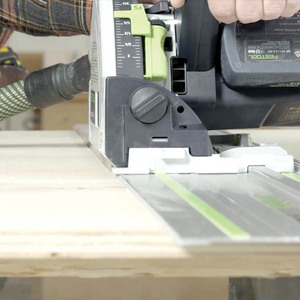
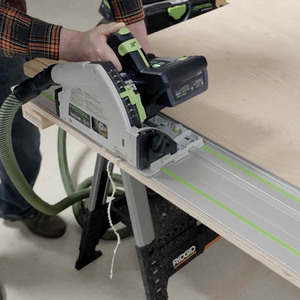
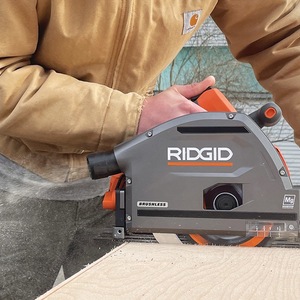
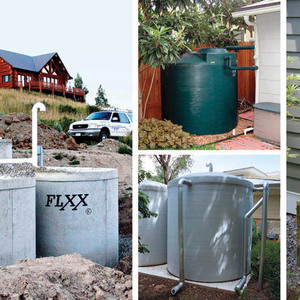




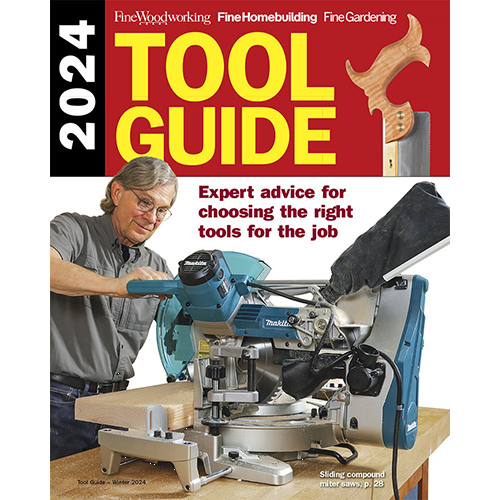

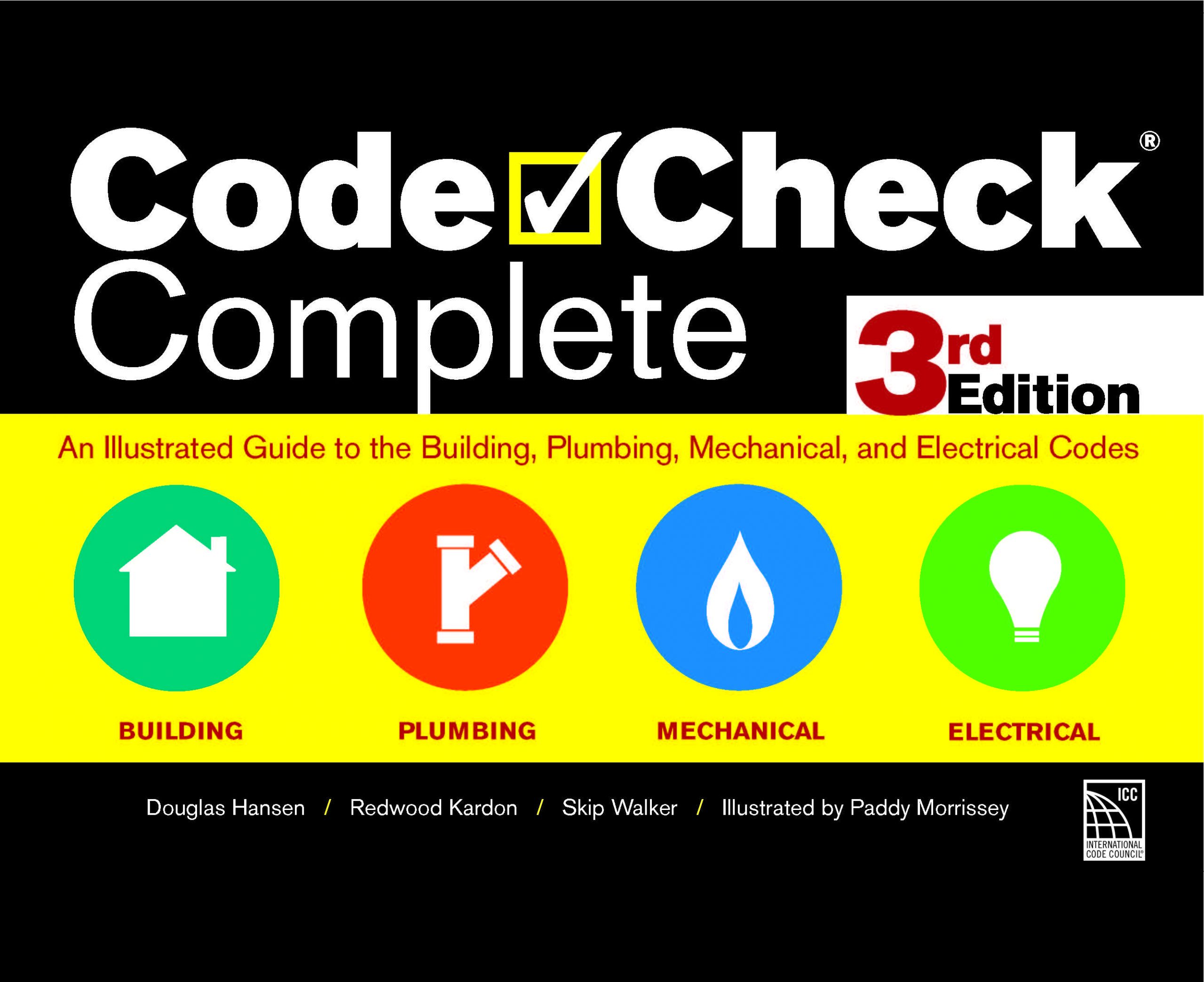




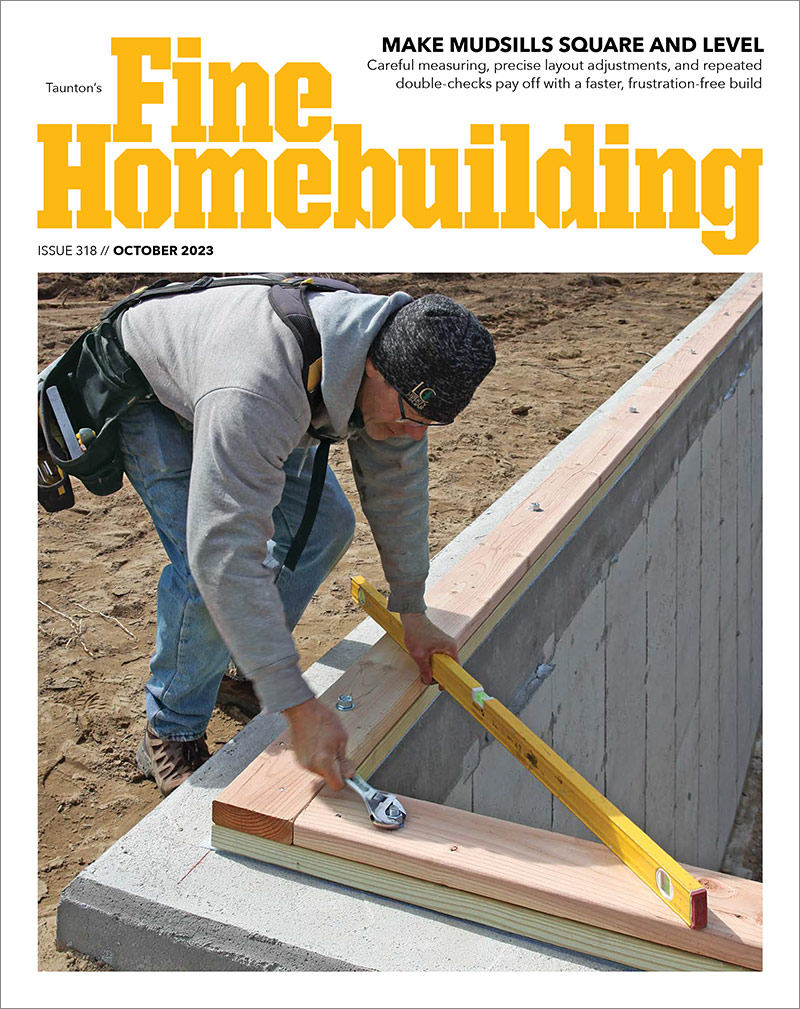

Replies
Have a blower above wood stove with a 150F tstat to contol it, feeda a 4" duct to other side of the room.
It always comes on with any type decent fire, so over 10F for su re.
Good information!
I just found out that at least with some of these kinds of fire/heat/smoke damper types of devices, you can get different temperature rated fusible links for them. I'm going to get myself a damper for my application with a 212F degree fusible link. I'm certain I won't hit that temperature at me ceiling register, unless the room below it as actually on fire! :)
Thanks for everyone's consideration of my question, plus the responses I got!
-John
For $20 or so you can buy a laser surface temperature reader...build a a fire and find out.
I think you mean infrared -- no laser involved.
Funny but when you google it you will find MOST descriptions for INFRARED Temperature sensors also say LASER in the description.....in fact
if you go to Home Depot dot com and query INFRARED temperature you get FEWER results than you do if you query LASER temperature.
Some units incorporate a laser pointer to help you aim the device (though this might cause you to believe that the "aim" is far more precise than it really is). The presence of the laser has nothing to do with the temperature measurement mechanism.